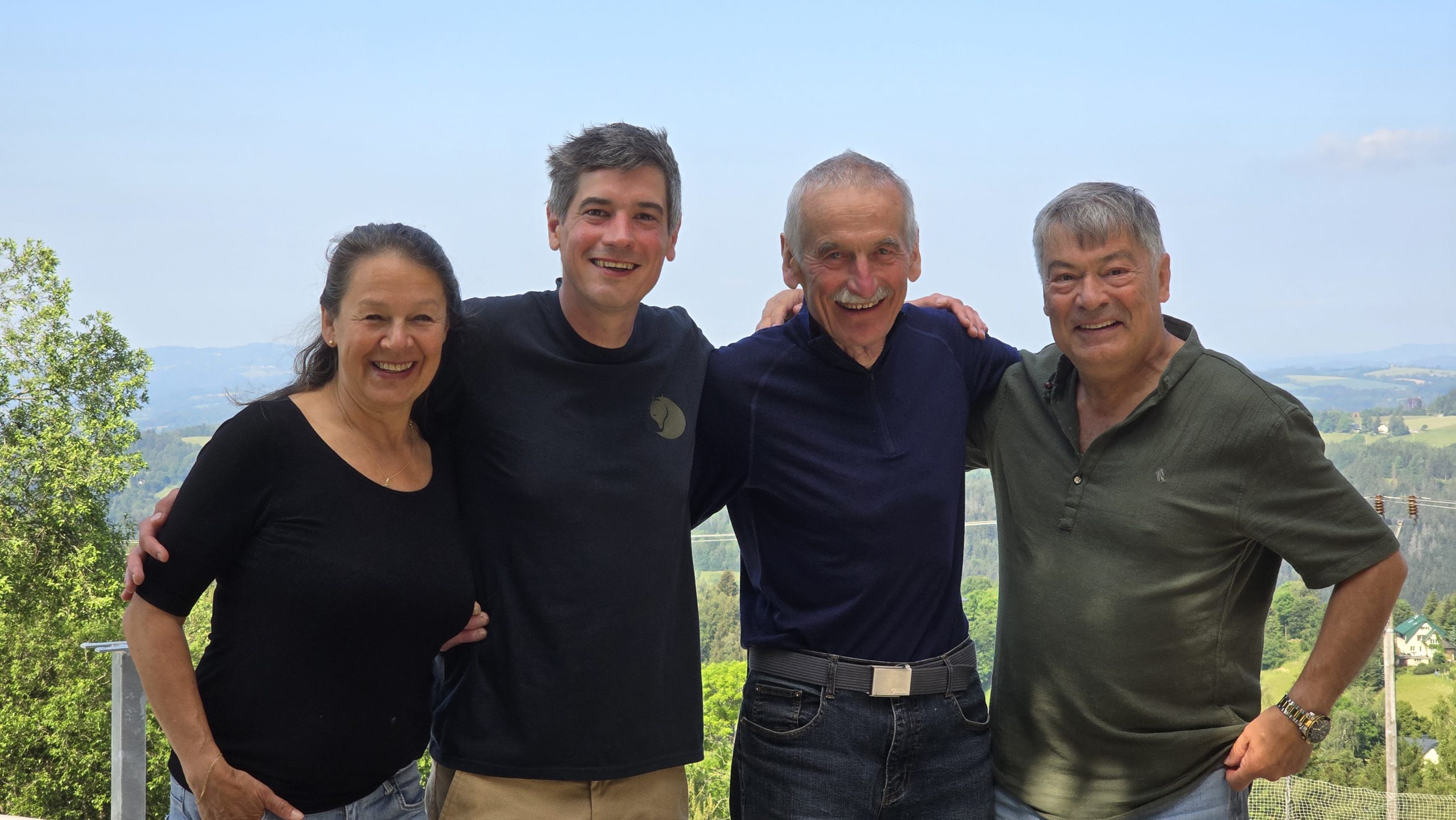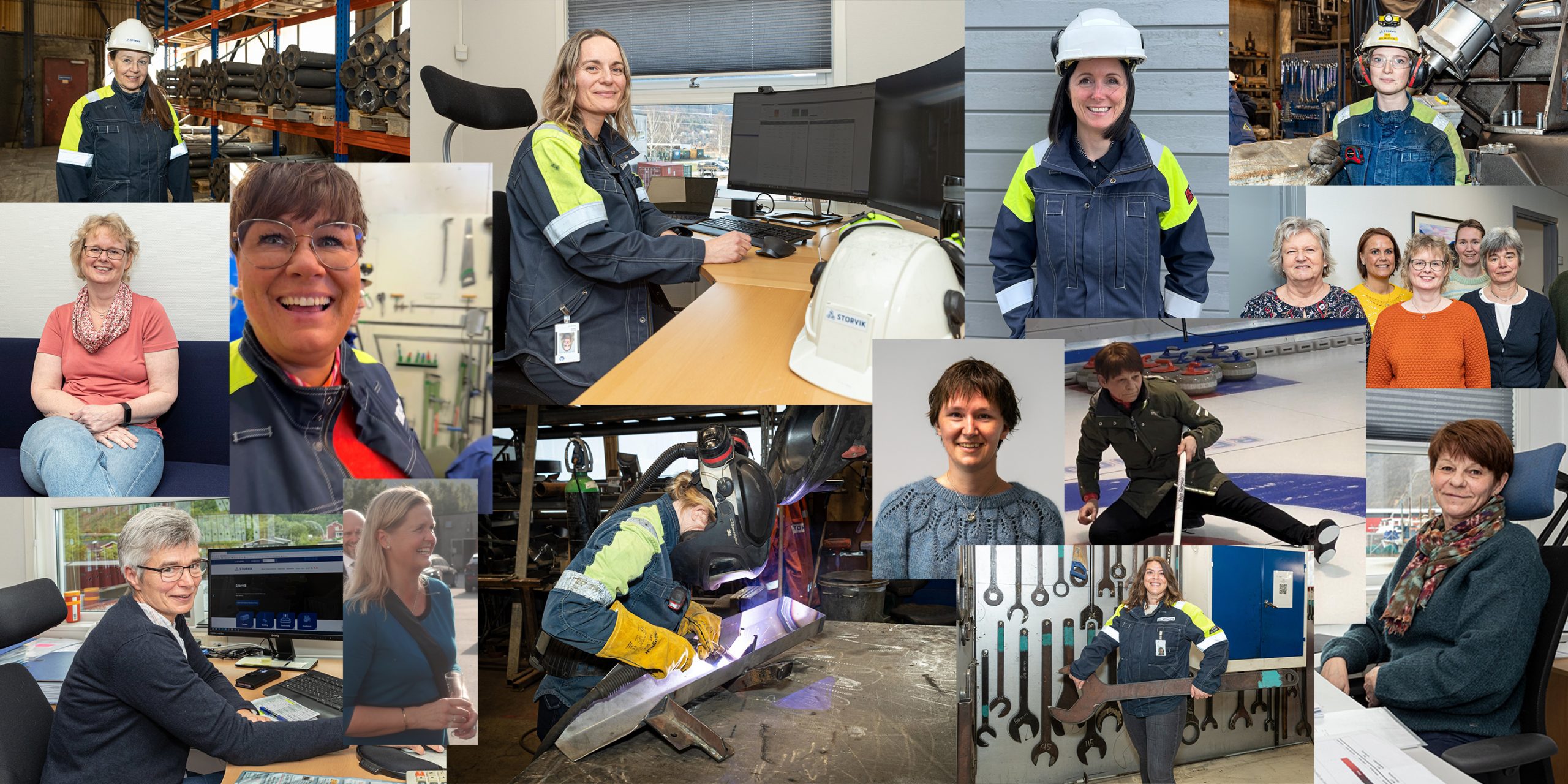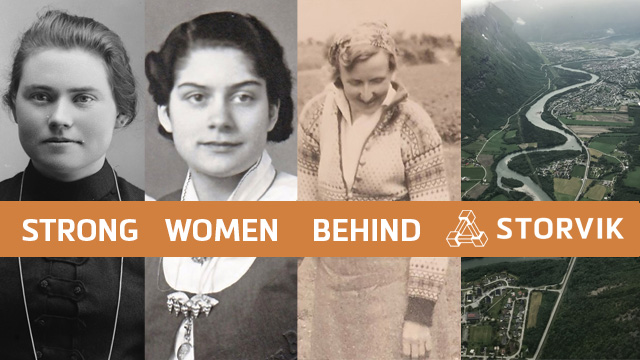
The story of Storvik is about entrepreneurship, creativity, and viability for over 100 years. Storvik has been a large part of the development of Sunndal as an industrial site, and it has been claimed that the development in Sunndal in many ways illustrates the modernization of Norwegian society through the 20th century. Over the years, Storvik has expanded in various areas. From local acquisitions to international sales agreements and commitments that have helped strengthen the company. What perhaps not many people know about are the crucial roles the woman behind Storvik has played in the course of company history.
It all started with Nils Storvik who married Brit Sande. Brit had the inheritance right to Sande farm. Here, in 1913, he built a smithy that he ran in addition to farming.
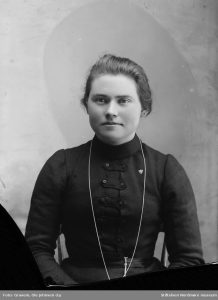
Eventually, his son, Endre Sande, took over the business. The assignments in the business increased, which created a need for more hands and a more organized operation. In 1952, therefore, Storvik smithy workshop was established. The operation was then moved to new premises in Øyagata.
What most people do not know is that at that time the regulations were such that you had to have a trade certificate to be able to register a company. Endre’s sister-in-law, Liv Sande, had a trade letter, so she became the mercantile rescue for the company. The company was registered as a personal company, and the company remained so organized until the end of the 1970s. So the trade letter to Liv actually became the basis for the operation of Storvik smithy until 1978.
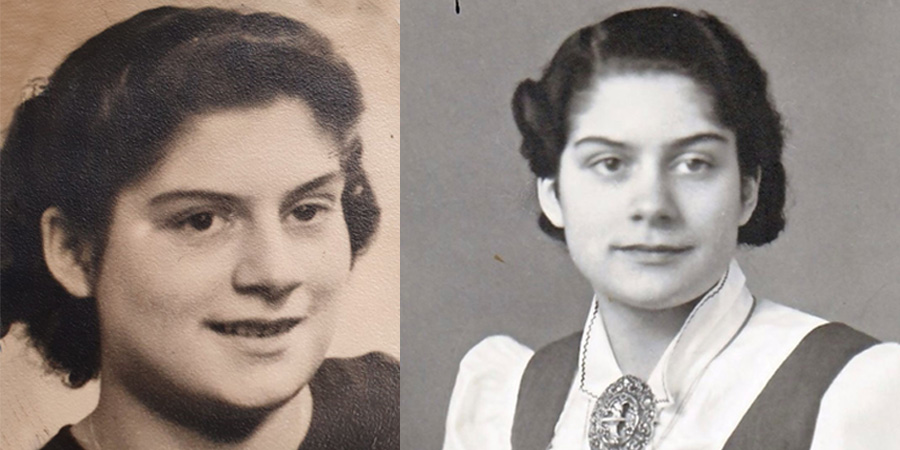
Margit in a key role
When Storvik smithy was established as a separate company, Margit, Endre’s wife, was also drawn into the business. From day one, she had the task of keeping the books in the company. She was responsible for salaries, for invoicing and keeping the accounts. She managed these functions for almost thirty years from the mid-1950s to the mid-1970s.
Although she may not be the first to be mentioned when it comes to Storvik’s history, it is quite clear that she played a very important role in the running of the company. She performed all administrative tasks on the kitchen table at home in the private house of Endre and Margit. There she managed pay slips, invoices and the entire bookkeeping for a small age. In addition, she also had an important role as an environmental creator. Through the regular serving of coffee and cakes, she helped to build the corporate culture and create an arena for a social gathering where stories and storytelling joy were given good conditions.
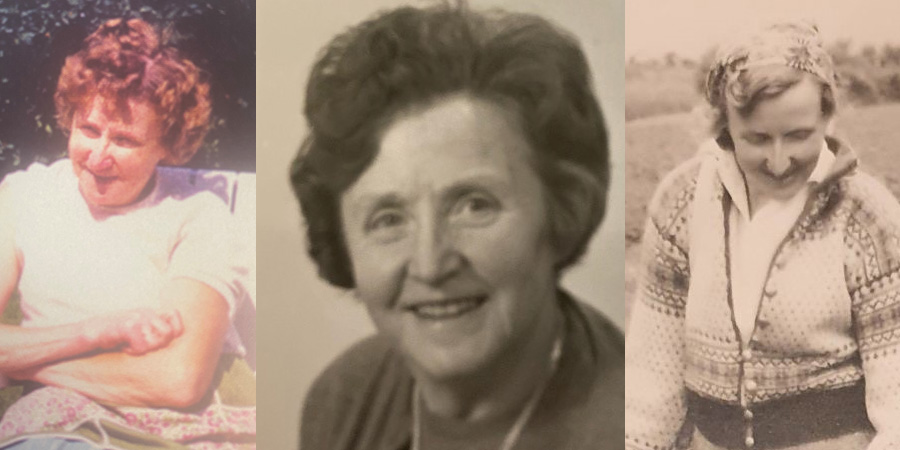
Parts of the text are taken from the book Storvik i 100 by Gunnar Falkum






